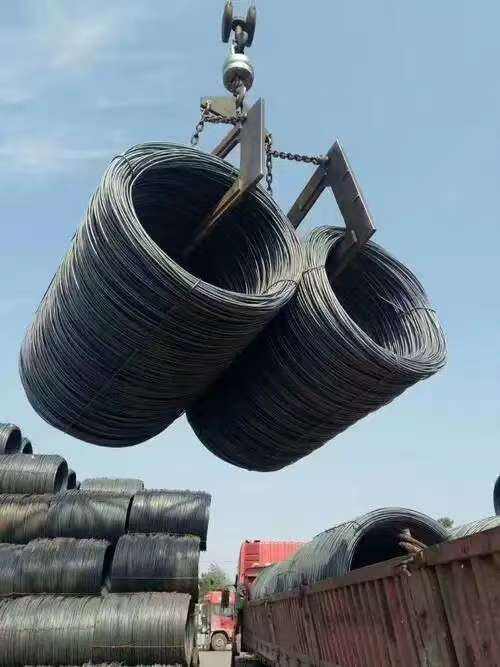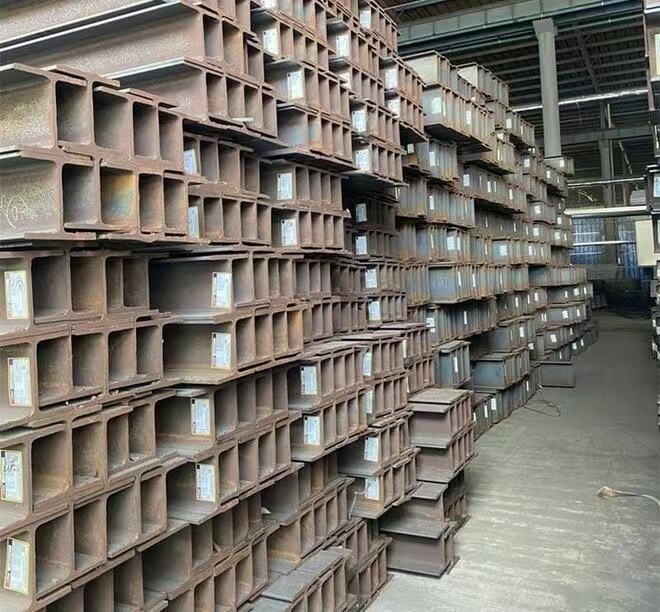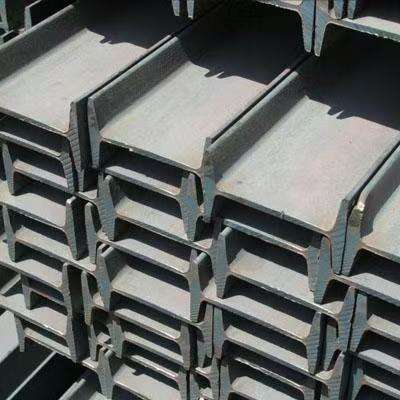cold rolled steel tubing
Cold rolled steel tubing represents a sophisticated manufacturing process that produces precision-engineered tubes with superior surface finish and tight dimensional tolerances. This specialized tubing is created through a unique process where hot rolled steel is further processed at room temperature, resulting in enhanced mechanical properties and improved dimensional accuracy. The process involves passing the steel through a series of rollers that progressively reduce its thickness while maintaining strict control over the final dimensions. The end result is a product that features exceptional straightness, superior concentricity, and precise wall thickness. These tubes are characterized by their smooth surface finish, excellent roundness, and consistent mechanical properties throughout their length. Cold rolled steel tubing finds extensive applications across various industries, including automotive manufacturing, construction, furniture making, and industrial equipment fabrication. Its versatility makes it an ideal choice for applications requiring high precision, structural integrity, and reliable performance. The manufacturing process also ensures enhanced strength and hardness compared to hot rolled alternatives, making it particularly suitable for load-bearing applications and structural support systems.




